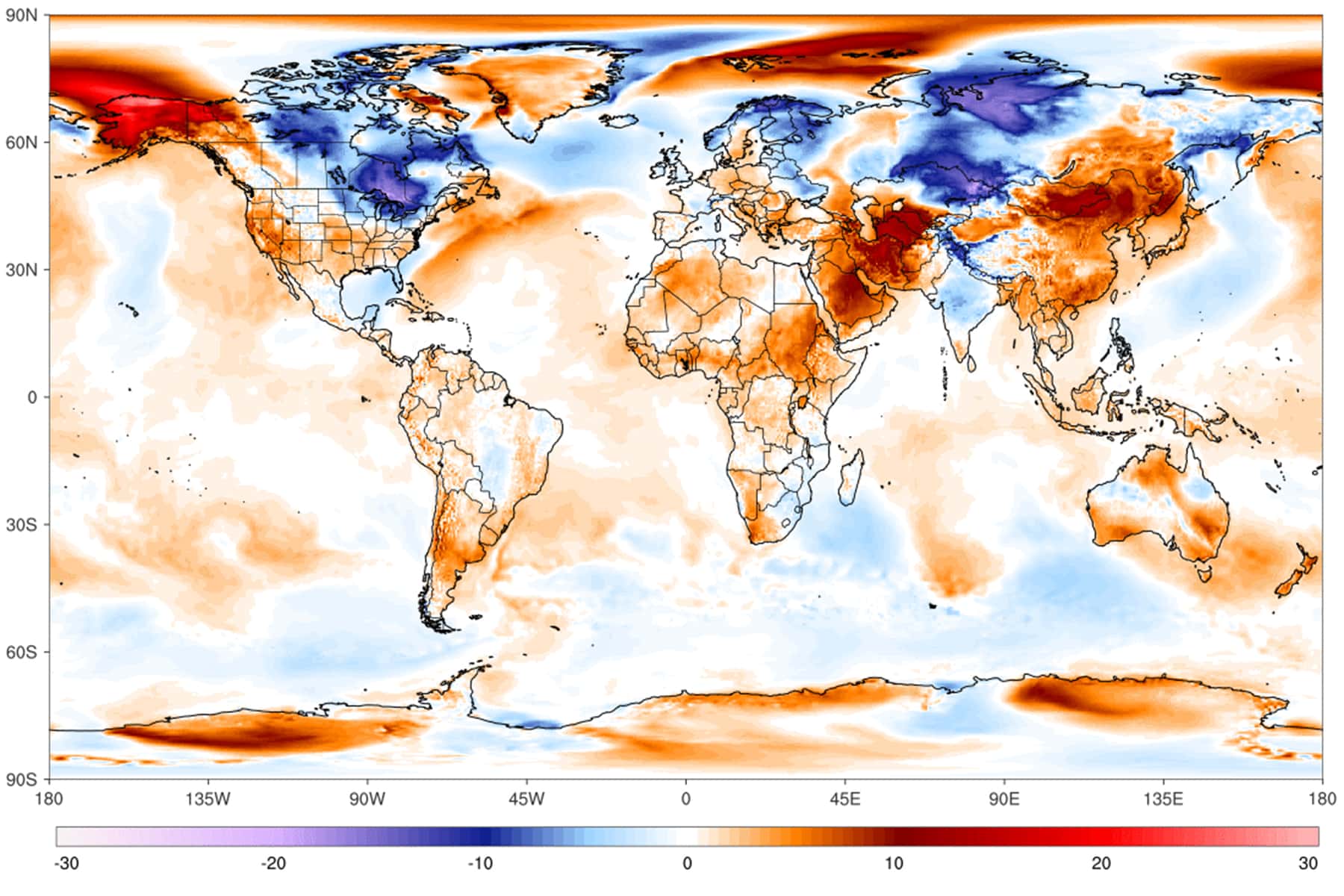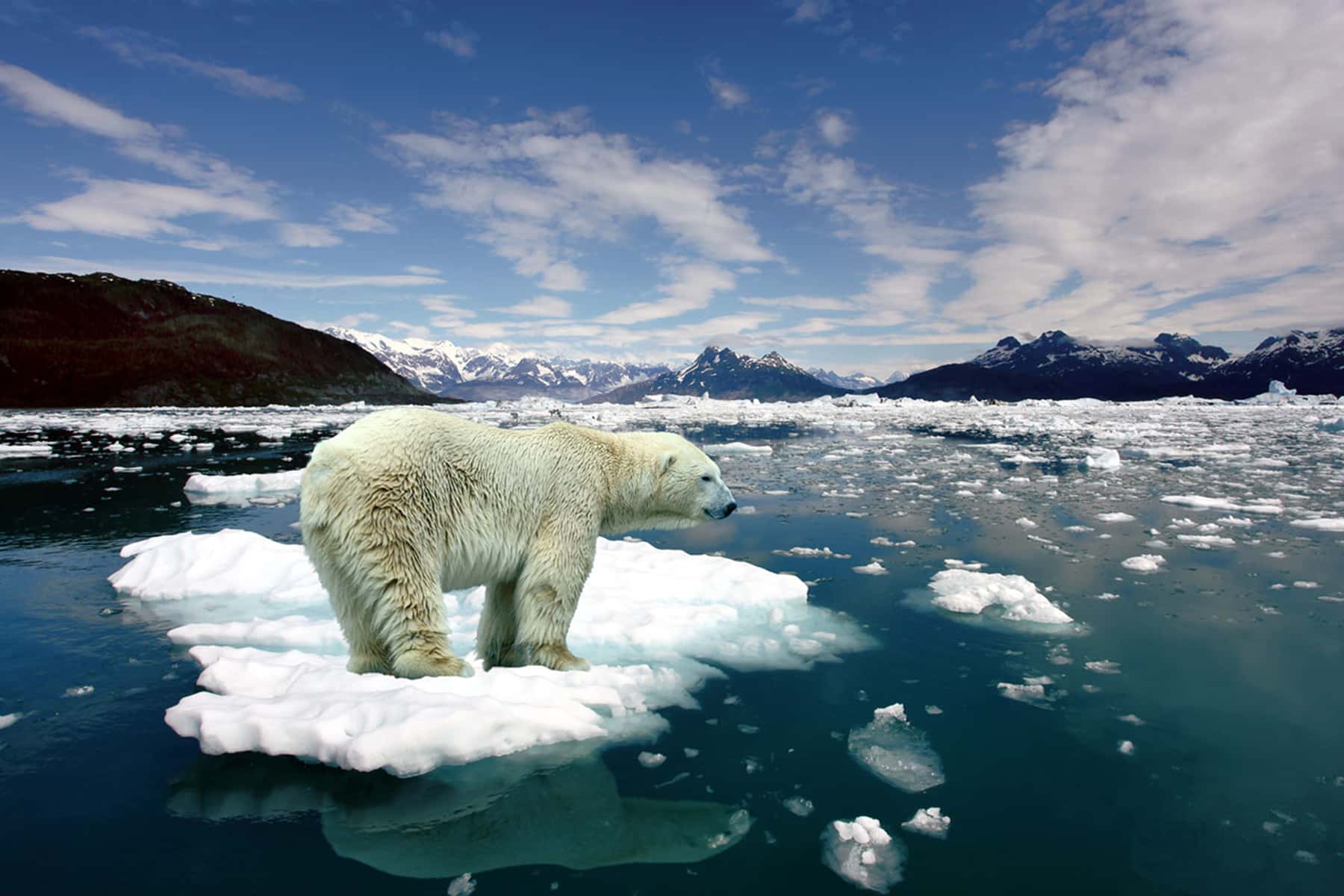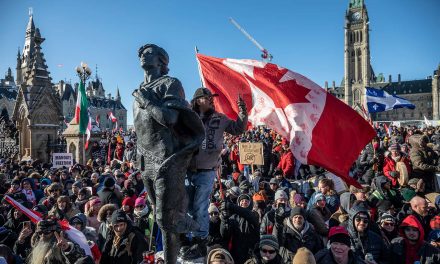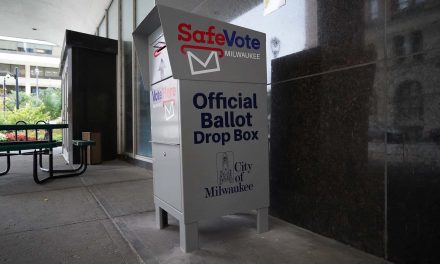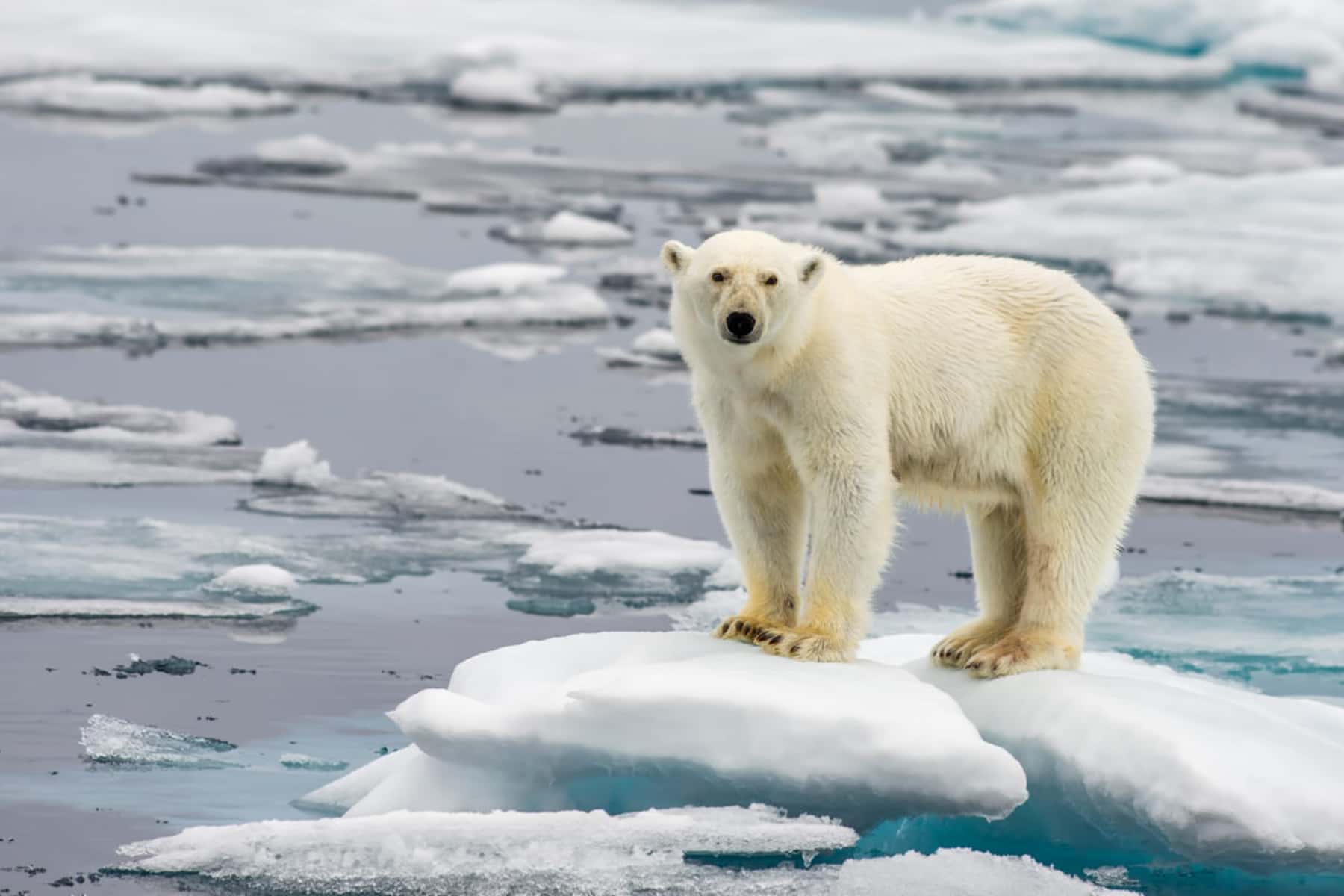
A mass of polar air has descended over the Midwestern United States, with historic low temperatures predicted to hit Milwaukee. The forecast is not, however, evidence against climate change.
Yet the president of the United States, who has consistently expressed skepticism over climate change, and whose administration has deliberately made backward progress on the issue, could not help himself (complete with “Waming” typo):
“In the beautiful Midwest, windchill temperatures are reaching minus 60 degrees, the coldest ever recorded. In coming days, expected to get even colder. People can’t last outside even for minutes. What the hell is going on with Global Waming? Please come back fast, we need you!” – Donald J. Trump
It can be strangely cold in parts of the United States, while global temperatures are still warmer than average. Weather and climate are two different things. Weather is what we are experiencing in the moment; climate is the broader trends that make certain weather experiences more or less likely.
1. Many US residents will face one of the coldest air masses in decades
Winter storm Jayden was given a name on January 26, 2019, after it met the Weather Channel’s forecast criteria of at least 2 million people residing in areas under a National Weather Service winter storm warning. The snow is forecast to move over the northern Great Plains into the Great Lakes region and then the Northeast, while icy conditions and heavy rain are likely in the South.
Temperatures are predicted to plummet following the wind and snow, as one of the coldest air masses in decades settles into these regions. As the time of writing, blizzard conditions had already shut down interstate 90 in Wyoming and the Governor of Wisconsin declared a state of emergency as deep snow and dangerous wind chill keeps residents hunkered inside. A city like Milwaukee may reach a wind chills of minus-45 degrees Fahrenheit, considered the coldest temperature in a generation.
2. Climate change weakens the polar vortex, which means near record low temperatures east of the Rockies
Across the Midwest, cold records are are being broken due to the affect of climate change on the polar vortex. The stratospheric polar vortex is the stream of upper atmosphere air that circles the North Pole during winter. When the polar vortex is strong, temperatures in the Eastern U.S. and Northern Eurasia are generally mild. But when it’s weak, these areas can experience chillingly cold temperatures like we see today. The loss of Arctic sea ice and general amplified warming in the Arctic region is associated with a weakening polar vortex.
The extreme cold already unfolding aligns with Judah Cohen’s January 21, 2019 analysis of the polar conditions predicting “over the next two weeks yielding normal to above normal temperatures across western North America including Alaska with cold temperatures across Canada and the United States (US) east of the Rockies.”
3. The cold is local to parts of North America — the rest of the globe is quite warm
The featured map above shows the surface temperature change from the historical average for January 28, 2019 and displays the cold outbreak over North America and northern Eurasia. The cold will penetrate further south as the week progresses. But note that Alaska is quite warm as is Greenland, and that for each hemisphere and the world all temperature change is above the historical average for today. Indeed, according to the NOAA global annual temperature ranking outlook, 2018 is expected to rank as the 4th warmest on record.
Temperature extremes have also occurred in the southern hemisphere. A scorcher in Australia sent large swaths of the country above 40 degrees Celsius (104 degrees Fahrenheit), suspended tennis matches at the Australian Open, caused horses to perish near dry watering holes, and led camels to compete with livestock for water.
“The polar vortex has fractured, and the eastern U.S. faces a punishing stretch of winter weather. So zip up and cinch your scarves. Stay safe. And remember that despite this bitter chill, the planet is still heating up,” said Jason Samenow, Meteorologist.
Brenda Ekwurzel
Portions of this article were originally published as Winter Storm Jayden, the Polar Vortex, and Climate Change: 3 Factors that Matter

